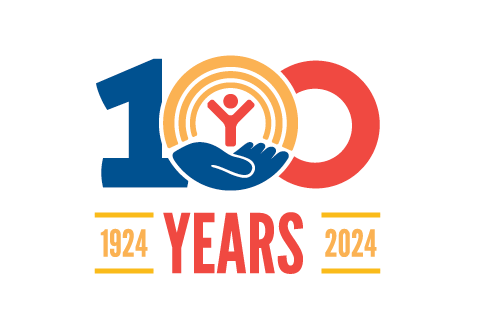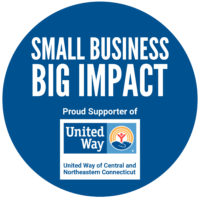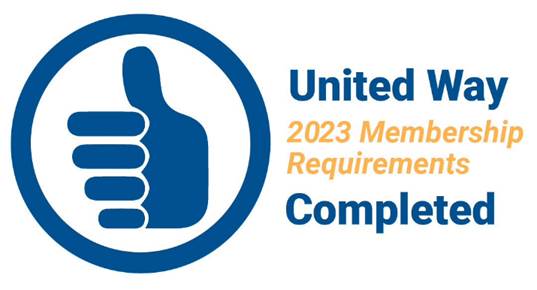
Farmington Valley: Meet Your Neighbor
Brought to you by the businesses and people who care about the health and welfare of Farmington Valley Communities: Farmington, Avon, Simsbury, Canton and Granby
Farmington Valley is a great place to live and work – because we care about our neighbors!
This report is sponsored by local businesses who deeply care about our community. Farmington Valley residents are more than our customers — they are neighbors, friends, caregivers who want their community to be a place where everyone has an opportunity to thrive. Connecticut is a state that is filled with opportunities and yet our cost of living continues to outpace earnings for many workers. In this report, you will learn more from United Way of Central and Northeastern Connecticut about the challenges facing Farmington Valley residents, how you can help and where to get help.















